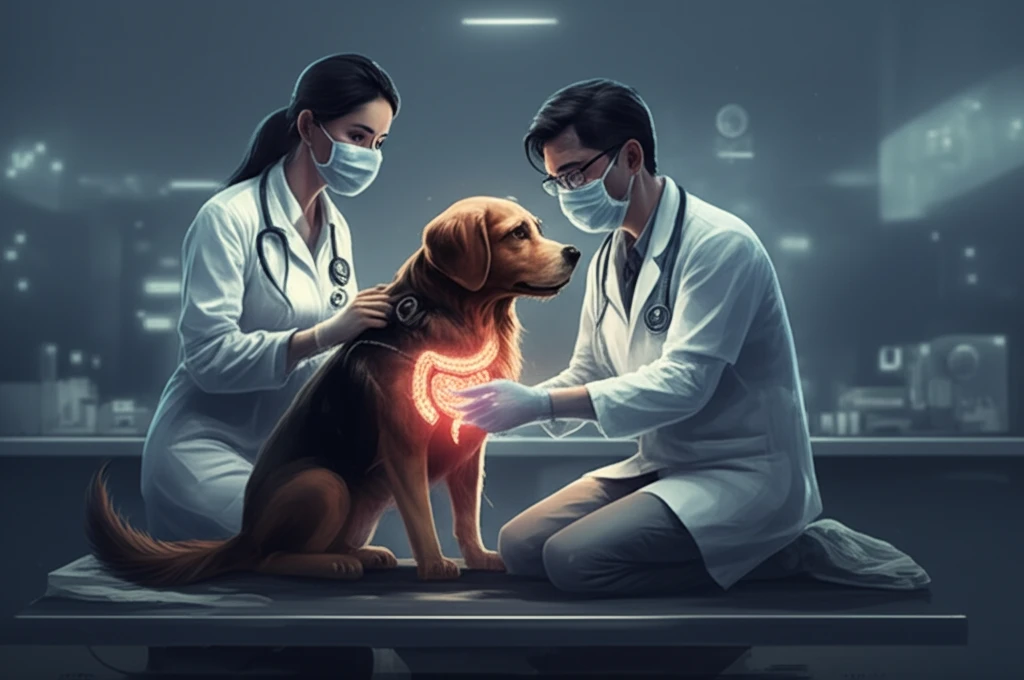
Decoding Doggy Doo: What Rectal Masses Reveal About Your Pet's Health
"A comprehensive look at colonoscopies and rectal health in dogs, empowering owners with knowledge for early detection and proactive care."
As devoted dog owners, we're always attuned to our furry companions' well-being. While we celebrate their joyful tail wags and playful antics, it's also crucial to be vigilant about their health, including those less-than-glamorous aspects like their digestive systems. Rectal masses in dogs, though not a topic we often discuss, can be a significant health concern. Understanding the nature of these masses, how they're detected, and what they signify is essential for proactive pet care.
Gastrointestinal neoplasia, or tumors, while relatively uncommon in dogs overall, can significantly impact their health. According to research, a notable percentage of gastrointestinal tumors affect the large intestine, with a considerable portion being malignant, most commonly adenocarcinoma. Benign rectal tumors are usually adenomatous polyps, early detection and timely intervention are critical for ensuring the best possible outcome for your beloved pet.
The good news is that advancements in veterinary medicine offer valuable tools for diagnosing and managing rectal masses in dogs. Colonoscopy, a procedure involving the examination of the colon with a flexible camera, plays a crucial role in identifying and characterizing these masses. By understanding what colonoscopies can reveal and what steps to take, you can be a proactive advocate for your dog's health and well-being.
Unveiling Rectal Masses: What Colonoscopies Reveal

The initial clue of a rectal mass often comes from a digital rectal palpation, which your veterinarian may perform as part of a wellness exam or when your dog exhibits symptoms like hematochezia (blood in the stool), dyschezia (difficulty defecating), or tenesmus (straining to defecate). If a mass is detected, a colonoscopy is often recommended to get a closer look. A colonoscopy is a procedure where a flexible tube with a camera is inserted into the rectum and advanced through the colon. This allows the veterinarian to visualize the lining of the colon, identify any masses, and take biopsies for further examination.
- The exact location and size of the mass
- Whether there are multiple masses
- The presence of any other abnormalities in the colon
- Whether the mass is likely benign or malignant (based on its appearance)
Empowering Pet Owners: Proactive Steps for Your Dog's Well-being
Understanding the complexities of rectal masses and colonoscopies can feel overwhelming, but remember, you're not alone. Regular veterinary checkups, prompt attention to any digestive symptoms, and open communication with your veterinarian are your greatest allies in safeguarding your dog's health. By staying informed and proactive, you can ensure your furry friend enjoys a long, happy, and healthy life.
